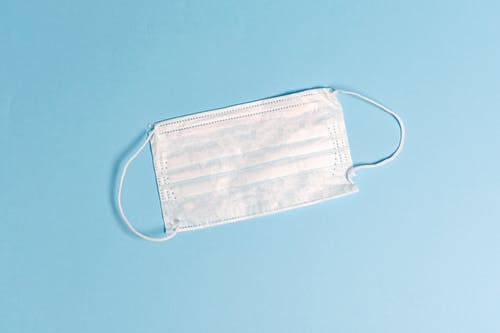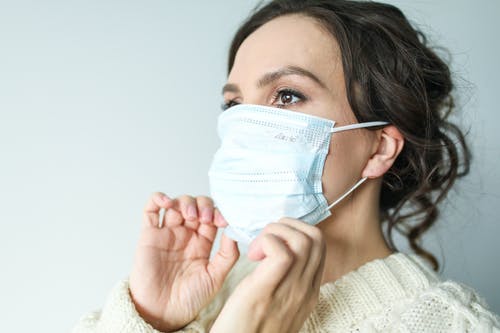Study suggests that mask wearing is an effective measure for keeping people safe.
A new study by researchers at the University of Central Florida has found that airborne pathogens can be cut in half when wearing a surgical mask and this may allow for reduced social distancing when it comes to stopping the spread of COVID-19. The study was funded in part by the National Science Foundation and was published in the Journal of Infectious Diseases. It provides an answer as to whether masks are effective for preventing its spread. This has been a long-debated topic since the onset of the coronavirus outbreak.
“The research provides clear evidence and guidelines that three feet of distancing with face coverings is better than six feet of distancing without face coverings,” said study co-author Kareem Ahmed, an associate professor in UCF’s Department of Mechanical and Aerospace Engineering. This could mean that individuals do not have to be so worried when around loved ones if masks are worn and can reduce the distance between them and those they love.

The study indicates that the team “measured the distance in all directions that droplets and aerosols travel from people speaking and coughing, when wearing different types of masks and when not…Fourteen people participated in the study, 11 males and 3 females, ages 21 to 31.”
Each participant uttered a phrase, then simulated a cough for five minutes without using a mask, then using a cloth mask. Finally, they repeated the action using a surgical mask. The design was modeled from jet propulsion experiments.
“Planar particle imaging was used to measure particle velocity; a phase doppler interferometer was used to measure droplet size, velocity and volume flux at points within a spray plume; and an aerodynamic particle sizer was used to determine airborne particle behavior,” according to the results, which showed that the cloth face covering eliminated emissions to about two feet while the surgical mask reduced it by half a foot. This would indicate that wearing a surgical mask would be preferred over a cloth mask but either option is better than not wearing one at all.
“The principles (of planar particle imaging) are the same,” Ahmed said. “Our cough and speech are exhausted propulsion plumes.”
Understanding what can stop the spread of the virus is important to helping to keep individuals safe and reducing the burden that has been placed on hospitals. The team is planning to do a larger the study with more participants the next time around to further test their hypothesis.
A 2020 study published in the International Journal of Infectious Diseases also previously found that mask wearing has a substantial impact on outbreak control. The team evaluated the impact of no mask wearing versus mask wearing and found that the incidence of infection was greatly reduced. The study reported, “When we increased the mask wearing compliance rate to 75%, the median reductions in the attack rate, hospitalizations, and deaths were substantially higher.” This seems to suggest that masks are vital in helping to stop the spread of the virus although it would still need to be tested on the larger population.
Sources:
Face Masks Cut Distance Airborne Pathogens Could Travel in Half, New Study Finds
Droplet Infection and its Prevention by the Face Mask
The impact of mask-wearing and shelter-in-place on COVID-19 outbreaks in the United States


Join the conversation!